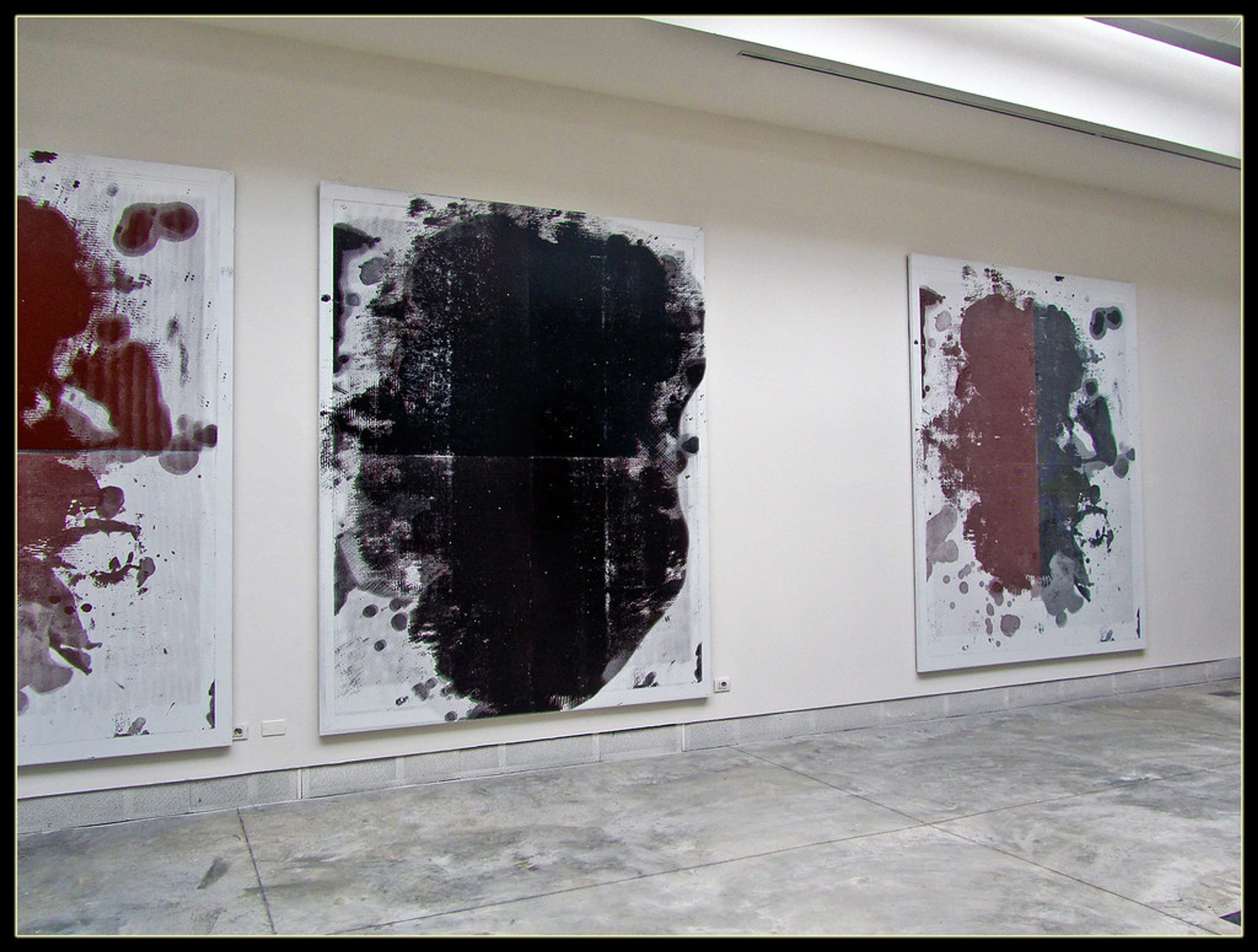
The Art of Touch: My Guide to Creating Dynamic Texture in Abstract Art
Explore the profound world of texture in abstract art. Join me on a personal journey through unconventional tools, essential techniques, and the psychology behind creating living, breathing canvases that pulse with emotion and invite an unseen touch. Learn to build depth, convey narrative, and preserve your tactile masterpieces.
The Art of Touch: My Guide to Creating Dynamic Texture in Abstract Art
Imagine a canvas that doesn't just display color but pulses with the ghost of a touch, a topographical map of emotion only your eyes can traverse. For me, in abstract art, this profound connection often begins with texture. It's the silent language that transforms a flat surface into a living landscape of peaks and valleys, a tactile whisper inviting you closer, daring you to explore its secrets. Of course, my spirit often reaches out to touch, but my fingers know better; the delicate oils from our skin, over time, can subtly alter the artwork's original intent, a silent testament to its preciousness and fragility. So, while your eyes and spirit are invited to touch, please, for the art's sake, no actual touching! This is where my most authentic, most playful self finds freedom in the studio, a place where the unexpected dance of materials truly comes alive, a conversation that transcends mere visual appeal. It's the very heartbeat of abstract expression.
The Resonant Soul of Texture: Why It Matters to Me (And You)
I remember my early days, meticulously trying to replicate shapes and colors, feeling a nagging sense of flatness. My work felt… polite, almost apologetic. And while there’s nothing wrong with politeness, my art was yearning for something more visceral, more me. It was like trying to tell a deep, emotional story using only perfectly smooth, polished words; it just didn't quite land. Then, almost by accident – a happy, glorious accident – I started experimenting. A thicker glob of paint here, a clumsy scrape there, and suddenly, the canvas came alive. It breathed. It held light differently, casting tiny, fleeting shadows that danced with the viewer's gaze. It was like finally finding the right inflection, the perfect pause, the raw emotion that transformed a flat sentence into a gripping monologue.
Texture, I realized, wasn't just a visual element; it was a feeling, a memory, a journey frozen in time. It adds depth, a story beneath the surface, and frankly, it just makes the whole experience so much more interesting – for me as the creator and, hopefully, for you as the viewer. While abstract art truly brought texture to the forefront, its whispers can be found much earlier. Think of the thick, emotional brushstrokes of Van Gogh, the subtly built-up surfaces of Impressionist works, or even the tactile explorations in early Cubist collages – artists have always instinctively understood the power of the material itself. Beyond my personal journey, texture is truly the backbone of abstract art. It's the primal language of touch, a universal human experience that, when translated onto a canvas, creates a profound, almost psychological engagement. It connects us to the raw materiality of the artwork, offering a palpable connection that transcends mere visual appeal. This is why it’s so vital in abstract expression, echoing the pioneers of movements like Abstract Expressionism, who used thick impasto and vigorous gestures to convey raw emotion and an immediate sense of presence. It’s part of the broader role of texture in abstract art: a sensory exploration.

My Trusty Companions: Tools Beyond the Brush
While the humble brush certainly has its place, my favorite textures often spring from tools that were never intended for painting. This is where the true magic – and sometimes the glorious mess – happens! It’s also where my creative flow feels most unburdened, allowing intuition to guide me towards unexpected discoveries. If you ever peeked into my abstract art studio, you’d likely see a collection that might make a traditional painter scratch their head. But for me, these aren’t just objects; they’re potential voices waiting to speak.
Everyday Objects, Extraordinary Marks
Seriously, look around your house. Your kitchen, your wallet, your recycling bin – they’re all treasure troves of potential.
- An old credit card? A revelation. Its rigid edge can create sharp, clean lines when dragged across wet paint, perfect for etching or creating a sense of precision amidst chaos.
- A stiff piece of cardboard? Texture gold, especially when torn or used to scrape away layers, leaving behind rough, organic edges. I once tore a piece of cardboard and used its jagged edge to create the illusion of torn paper in a collaged piece – a delightful trick of the eye!
- Even a simple sponge is a world unto itself. A natural sea sponge yields an organic, porous texture, full of unexpected variations. A synthetic craft sponge, meanwhile, can create a more uniform, dappled effect, perfect for building subtle layers or atmospheric backdrops. And combs can carve intricate parallel lines, like geological strata.
- And bubble wrap? Press it into thick paint, and you get a fantastic, repeating circular pattern that adds a playful, almost digital quality.
- What about a plastic mesh bag (the kind fruit comes in)? Press it gently into wet paint, and lift – you'll get a delicate, repeating grid pattern, like a subtle textile weave. Or even a dry piece of bark from a fallen branch for a truly organic, rugged impression.
I once used a crumpled piece of plastic wrap to create this incredible marbled effect in a blue background, and I almost felt like a mad scientist, giggling at the unexpected results. The beauty of these 'found' tools is their glorious unexpectedness. They challenge me to think differently, to embrace spontaneity, and to remember that art can be made with anything, from a fancy brush to a rusty spoon. It’s a wonderfully democratic approach to texture, a philosophy shared by many artists who use found objects in their work.
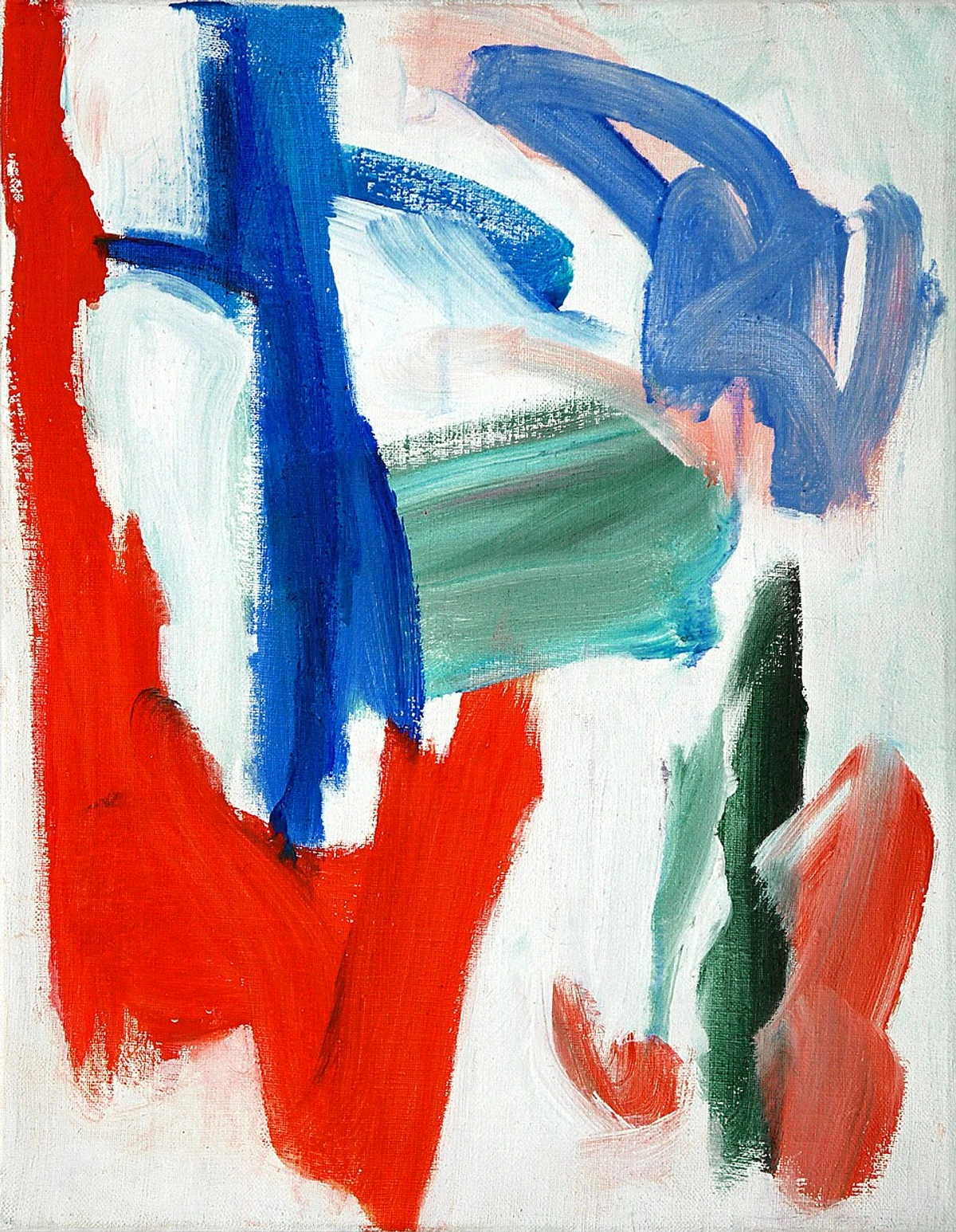
The Humble Palette Knife, Elevated
Ah, the palette knife. My true love, my artistic soulmate. This isn't just for mixing colors on a palette, my friends. This is an extension of my hand, a conductor for the paint. I often joke that my palette knife is my voice, allowing me to scream, whisper, or hum on the canvas. It allows me to scoop, spread, scrape, and build mountains and valleys of pigment. Its rigid edge creates crisp lines, while its flat surface can lay down broad, buttery strokes. I remember one particular piece where I was struggling to convey a sense of raw energy; a frustrated scrape with the side of my largest palette knife, almost in anger, created the perfect, jagged valley that completely transformed the painting – a happy accident born from impatience! The sheer physicality of pushing paint around with a knife is incredibly liberating, and the textures it creates are often unpredictable in the most wonderful way. It’s like controlled chaos, just how I like it. But sometimes, even the humble palette knife needs a companion in its quest for dimension.
The Unexpected Players: Exploring Mediums and Pastes
When I really want to push the boundaries of dimension, I turn to specialized mediums, often feeling like a mad scientist on the verge of a breakthrough. These aren't just additives; they are architectural elements for your canvas. Beyond general gel mediums, there are also dedicated texture mediums – often coarser, granular pastes that are specifically formulated to add a consistent, gritty surface without necessarily building significant sculptural relief. They can give the canvas a subtle, sandpaper-like 'tooth' or a more pronounced, earthy feel, perfect for nuanced tactile variations. Modeling paste is a dream for building significant, sculptural relief. Composed of acrylic emulsions and marble dust, it dries to an opaque, matte finish that can be sanded, carved, or even painted over. I can apply it thickly, sculpt into it while wet, or even mix it directly with paint for beautifully tinted textures. Its robust nature allows for real three-dimensional forms that hold their shape even after drying, offering a sense of permanence to ephemeral gestures. Then there are gel mediums, which come in various consistencies (soft, regular, heavy) and finishes (glossy, matte, semi-gloss). Essentially, they are acrylic polymer emulsions without pigment. They can extend paint, add transparency to glazes, or create incredibly toothy surfaces – meaning they provide a rough, slightly abrasive texture that is fantastic for gripping subsequent layers of paint or dry pastels, much like a textured wall helps wallpaper adhere, or rough rock helps a climber find purchase.
I’ve even been known to mix in a bit of sand (yes, from a bag, not the beach – no rogue shells, thank you very much!) or even coffee grounds directly into the gel medium for truly gritty, earthy textures. Applied with a palette knife, these can create surfaces that beg to be touched (again, don't touch!) and deeply absorb light. The trick with these additions is ensuring they are fully encapsulated by the medium – meaning each particle is completely surrounded and bound by the gel or paste – to prevent flaking and ensure the integrity and longevity of the piece. It’s all about exploring texture: my favorite techniques for adding depth to abstract paintings and seeing what new worlds you can create. Just remember to wear an apron; these glorious experiments can get gloriously messy, but that's half the fun.
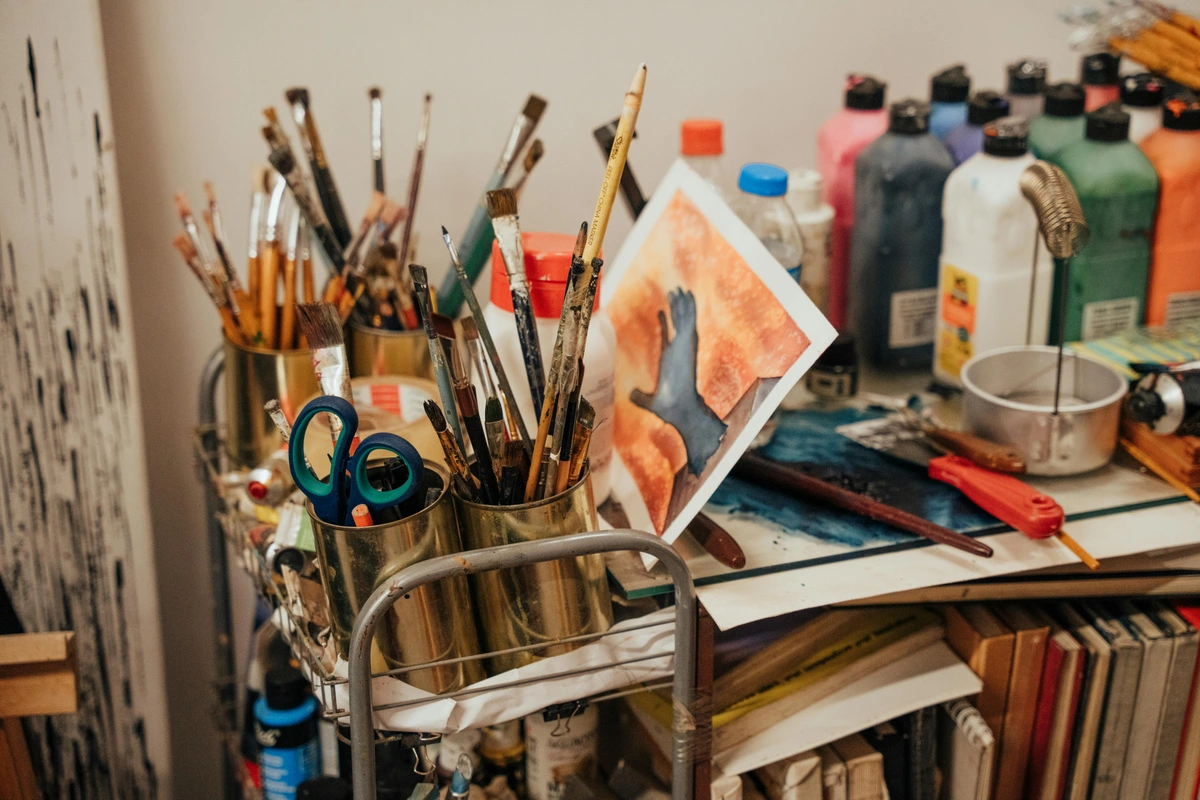
Mastering the Art of Dynamic Texture: My Go-To Techniques
Having the right tools, whether found or specialty, is only half the battle. Knowing how to wield them, how to coax those dynamic textures into existence, that’s where the real, exhilarating fun begins. It’s about more than just applying paint; it’s about shaping light, shadow, and narrative, creating a tactile story on your canvas. These are my core strategies for bringing texture to life, where every mark is a word, and every layer a new chapter.
Texture as Narrative and Emotion
Before I even pick up a tool, I often consider what story or emotion I want the texture to convey. A violently scraped surface might speak of turmoil, while a gently dabbed, granular area could evoke calm. Thick, built-up layers can suggest history and accretion, a slow passage of time. The direction of texture also plays a subtle yet powerful role; sweeping horizontal textures can suggest calm or expanse, vertical lines might imply ascent or tension, while swirling patterns can evoke chaos or movement. A pristine, smooth patch, meanwhile, might represent silence or a moment of clarity amidst chaos – creating what I sometimes think of as "negative texture," amplifying the surrounding tactile elements by sheer contrast. The choice of your initial canvas or substrate also plays a role; a coarse linen will inherently lend a different character than a smooth, primed panel, subtly influencing the final tactile story you tell.
Layering Like a Chef (But with Less Spillage)
Think of it like building a complex dish – each layer adds flavor and depth. I often start with a flat, smooth base, then gradually build up layers of texture. Sometimes it's a thin wash of paint over a textured gesso, sometimes it's thick impasto application on top of a dried acrylic layer. The key, and believe me, my impatience has ruined more than one promising piece, is allowing each layer to dry completely. This isn't just about paint adhesion; it's about creating structural integrity and allowing each textural 'voice' to sing clearly. For very thick applications, this can mean waiting hours, or even a full day. My general rule of thumb for substantial texture is: "If it feels cool to the touch, it's probably still curing. Come back later." The interplay between transparent and opaque layers, smooth and rough surfaces, creates an incredible visual journey. It’s a dance between what’s revealed and what’s hidden, a narrative woven into the very fabric of the painting, much like how to layer colors in acrylic painting adds depth in a different way.
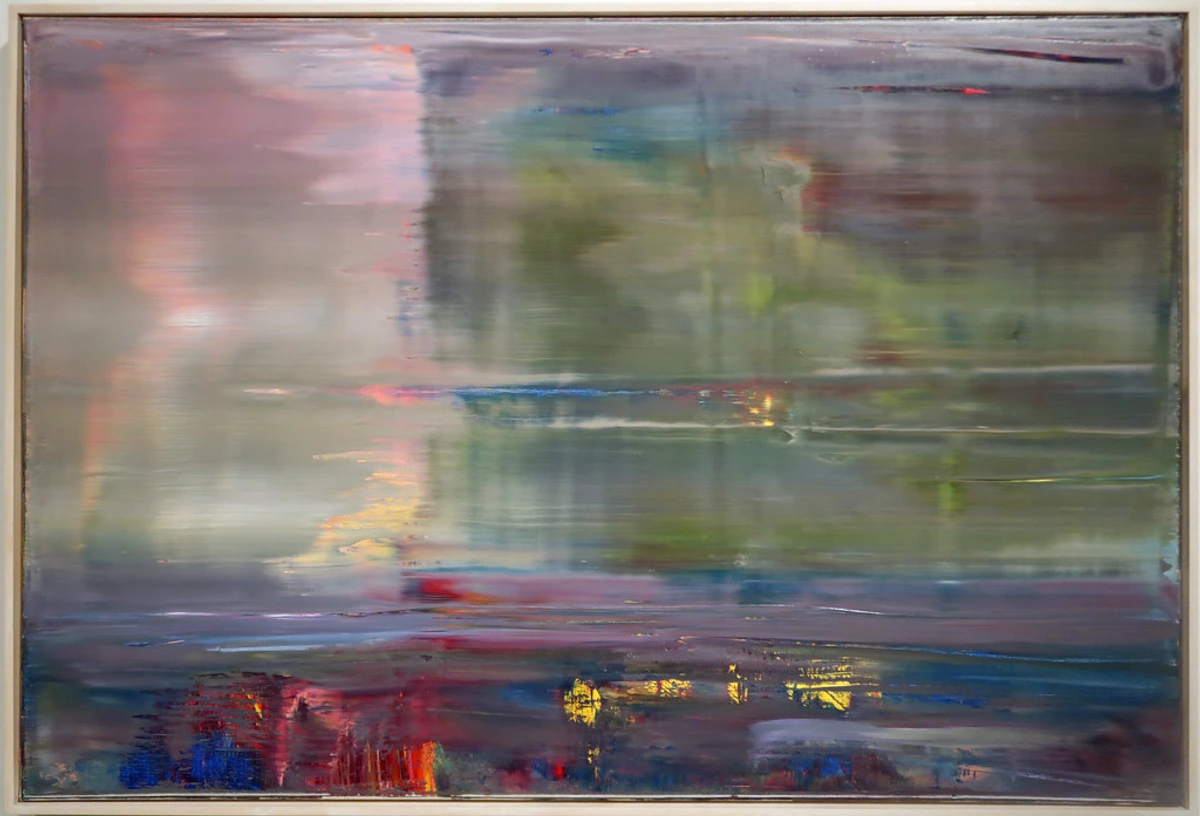
The Art of Subtraction: Scraping and Incising
Sometimes, to add texture, you have to take away. This is where tools like the palette knife, or even the blunt end of a paintbrush, become instruments of revelation. I love to apply a thick layer of paint – often quite an impasto application – let it set a little to become tacky, and then scrape into it, revealing the colors or textures beneath. This can create sharp, etched lines, broad, uneven grooves, or even the illusion of peeling layers. It’s like an archaeological dig on my canvas, unearthing hidden histories and unexpected glimpses into the painting's past. The raw edges and serendipitous lines that emerge from this process always surprise and delight me, a testament to the beauty of artistic deconstruction, a kind of controlled chaos where I invite the unexpected. Be mindful of paint adhesion; if the underlayer is too smooth or oily, your scrapes might just slide without creating the desired effect. A gentle scuff with sandpaper before applying a new layer can often solve this. But while subtraction carves out form, sometimes building up is the key to a different kind of tactile energy...
Controlled Chaos: Dabbing and Stippling
For a more granular, organic texture, I often turn to dabbing or stippling. Using a sponge, a stiff brush, or even just my fingertip, I can build up a surface of tiny, repeated marks. This creates a wonderful visual vibration – an optical effect where the varied points of color and light seem to shimmer and move, making the surface feel alive, as if the canvas itself is breathing. It’s a surprisingly meditative process, a slow build-up of tiny gestures that collectively create a powerful, unified texture. It reminds me of how countless individual raindrops create a vast, shimmering lake – each small action contributes to something much larger and more profound, a microcosm of the grander artistic journey.
The Unseen Dance: How Texture Plays with Color
It's a common misconception that color and texture are entirely separate entities. In my studio, I find them to be constantly in conversation, influencing each other in subtle yet profound ways. A highly textured surface, for instance, tends to absorb light more, making colors appear richer, deeper, and sometimes more muted. Think of a deep blue in a rough impasto versus a smooth, glossy blue – the textured version will have a more intense, almost velvety presence, feeling grounded and earthy, like a well-worn velvet sofa. Conversely, smooth, glossy textures reflect light more readily, often making colors appear brighter, more vibrant, and even more transparent, creating a sense of ethereal lightness, like light glinting off a polished stone. The color of the texture itself also plays a role; a textured white surface will reflect light differently and appear brighter than a textured black surface, even with the same applied color over it, subtly altering the perceived hue and luminosity. The interplay of these elements can create incredible visual drama. Sometimes I even use texture to mute an otherwise vibrant color, or to make a subtle hue pop with unexpected physicality. It's a fascinating dance, one that constantly challenges my assumptions and pushes me to develop my unique artistic style further.
When Size Matters: Texture Across Different Scales
The scale of a painting profoundly influences my approach to texture. For larger canvases, I often gravitate towards bolder tools and more expansive gestures. A broad palette knife, a large trowel, or even my hands might be employed to create sweeping textures that command attention from across a room. The goal is to ensure the texture isn't lost but rather amplified by the sheer size of the work. For smaller, more intimate pieces, I might use finer tools – the edge of a credit card, a fine-toothed comb, or the subtle dab of a sponge – to build delicate, intricate textures that invite close inspection. It's about finding harmony between the physical presence of the artwork and the tactile detail within, ensuring that the texture serves the overall emotional impact regardless of dimension.
The Silent Language: The Psychology of Texture
Beyond the visual and physical, texture speaks directly to our subconscious, tapping into the very primal language of touch and memory. Think of the visceral reaction a rough, abrasive surface might evoke – perhaps feelings of rawness, struggle, or grounding authenticity. Conversely, a smooth, polished area can suggest calm, sophistication, or even a sterile detachment. Textured patterns, like the repeating bumps of bubble wrap, might feel playful or disorienting, while the organic irregularity of mixed-in sand can connect us to nature and the earth. For me, deliberately choosing and crafting these tactile experiences is a way to guide the viewer’s emotional journey through the artwork, creating an empathy that transcends mere observation. It's like whispering a secret only their sense of touch can truly understand, inviting them into a deeper, more personal dialogue with the piece. What textures draw your eye, and what stories do they tell you?

Artistic Inspirations & Studio Vibe
The technical mastery of texture is one thing, but for me, it's intrinsically tied to a broader artistic philosophy – one shaped by both personal revelation and the powerful echoes of other artists. While my journey is deeply personal, it's always fascinating to see how others have explored the power of texture, pushing boundaries and whispering through their surfaces. Think of Anselm Kiefer's ultimate guide and his monumental, gritty canvases, laden with straw, lead, and ash, creating palpable historical weight and a profound sense of decay and renewal. His textures are not merely visual; they are imbued with narrative, almost forcing a physical engagement with history. Or Antoni Tàpies's earthy, almost archaeological surfaces, often incorporating sand and marble dust, evoking ancient walls, raw earth, and hidden narratives. His work feels like unearthed secrets, layers of forgotten time. Even Christopher Wool, with his layered, scraped, and stenciled works, explores texture as a means of disruption, erasure, and accumulation, often using a "printerly" process to create a sense of mechanical decay. And then there's the poignant, visceral work of Eva Hesse, whose minimalist yet deeply tactile sculptures and works on paper transformed industrial materials into organic forms, exploring fragility, decay, and the body itself through texture. Her use of latex, fiberglass, and string to create soft, draped, or bound forms speaks to an intimate, almost vulnerable tactility, inviting both visual and imagined touch. These artists, in their unique ways, demonstrate the universal language texture speaks – a language that can convey anything from grand historical trauma to quiet, geological beauty.
For me, creating texture isn't just a technical exercise; it's deeply tied to getting out of my own head and letting the materials speak. My studio is my sanctuary, a place where I allow intuition to guide my hand. Often, a texture emerges purely from a happy accident – a forgotten drip, a smudge, a sudden impulse to press something unexpected onto the wet paint. These are often the moments that lead to the most exciting discoveries, shaping how I develop my unique artistic style even further, reminding me that art is as much about listening as it is about making. It's a conversation with the canvas, a shared journey where the materials often have the last, most surprising word, challenging me and making me giggle like a child sometimes. What unexpected 'happy accidents' have shaped your creative path?
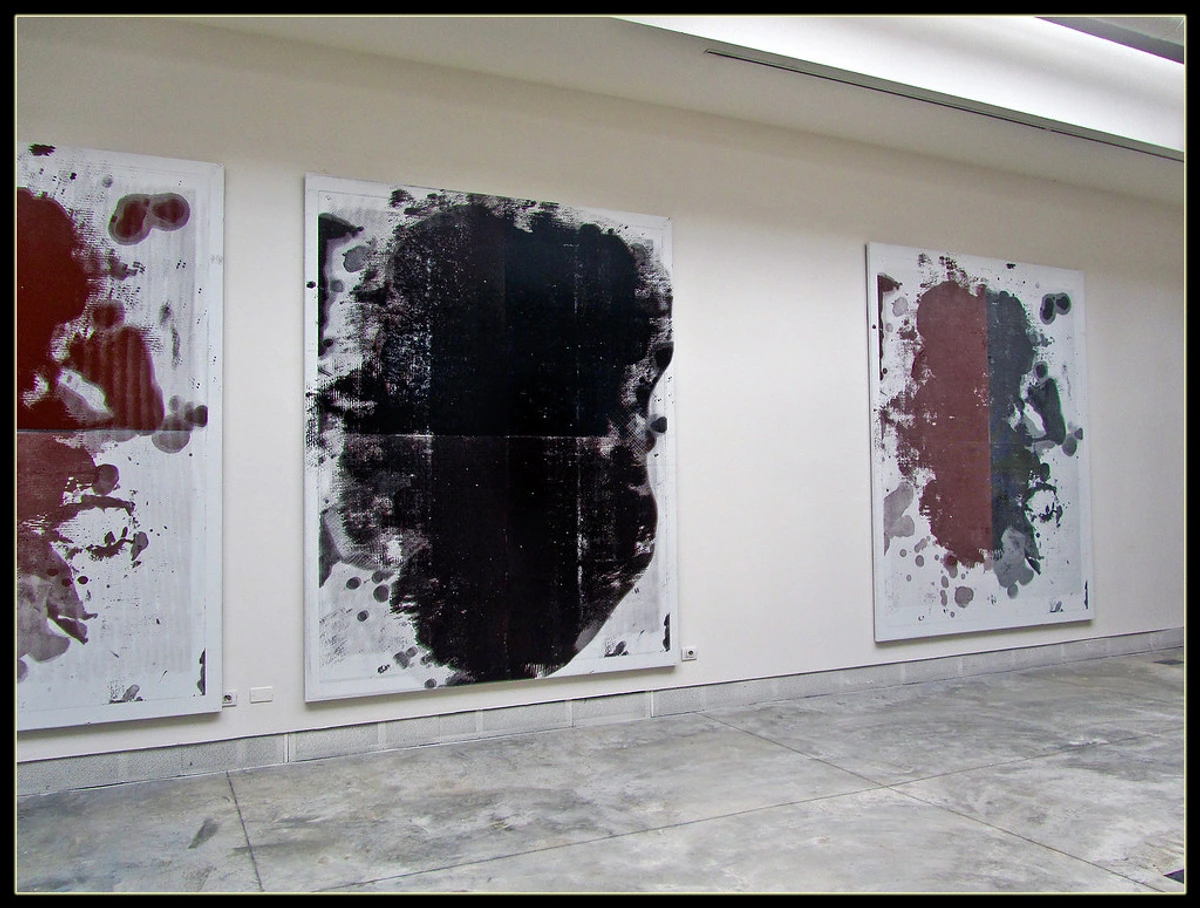
Beyond the Canvas: Displaying Textured Art
Once the art is complete, the texture continues its work, a silent performer adapting to its environment. The way light hits the surface can dramatically alter its appearance, casting shadows, highlighting peaks, and deepening valleys – it’s a dynamic interplay that changes throughout the day. If you're looking to showcase your own textured pieces, or perhaps admire some of mine (a subtle wink, if you're ever in the Netherlands, you might even find some pieces at the artist's museum in 's-Hertogenbosch), consider how lighting and positioning can truly bring the work to life. And, naturally, if you're interested in owning a piece that speaks this beautiful, tactile language, you can always explore my art for sale.
Safeguarding Your Sculptural Art: Durability and Preservation
Given the physical nature of textured art, durability and preservation are often on my mind – and should be on yours if you're creating or collecting such pieces. For very thick impasto or mixed media works, it's crucial to use flexible acrylic mediums and paints to prevent cracking over time. As mentioned earlier, ensuring each layer dries completely is paramount. Once complete, a good quality, flexible varnish not only protects the surface from dust and UV light but can also unify the various textures with a consistent finish (matte, satin, or glossy). When framing, consider shadow boxes for pieces with significant relief to avoid pressure on the surface. And always avoid extreme temperature fluctuations, which can stress the materials and lead to premature degradation. Think of it as caring for a precious, three-dimensional object; a little thoughtfulness goes a long way in ensuring its longevity, allowing its story to unfold for generations.
FAQ: Your Texture Troubles Solved (Mostly)
Q: What's the best paint for creating dynamic textures?
A: While you can create texture with most paints, heavy body acrylics are my absolute go-to. Their thick consistency holds form beautifully, and they dry relatively quickly, which is a blessing for layering (and for my aforementioned impatience). Oils can also create incredible texture, but their longer drying time requires more patience.
Q: How do I prevent my textures from cracking over time?
A: This is a great question! The key is to ensure your layers are dry before applying the next, especially with very thick applications. Using flexible mediums (like acrylic gel mediums) mixed with your paint or modeling paste can also help maintain flexibility once dry. Avoid extreme temperature changes, and always use a good quality, flexible gesso primer on your canvas. Think of it like building a sturdy house; you need good foundations and strong, flexible materials.
Q: Can I combine different texture techniques in one painting?
A: Absolutely, and I highly encourage it! This is where the real dynamism comes in. Combine impasto with scraping, layer thin washes over gritty surfaces, or use a palette knife to define areas within a sponge-textured background. The interplay of different textures creates visual interest and narrative depth. Don't be afraid to experiment; the worst that can happen is you learn what doesn't work (which is still learning, right?).
Q: My paint isn't sticking to my textured surface. What gives?
A: Ah, a classic! This often happens if the textured underlayer is too smooth, too absorbent, or has a greasy residue. Ensure your textured mediums are fully dry and, if very smooth, consider gently sanding with fine-grit sandpaper for "tooth." For highly absorbent surfaces, a thin layer of clear gesso or matte medium can seal it before you apply your final paint layers. Also, make sure your paints aren't too thin; sometimes a slightly thicker consistency adheres better to an uneven surface.
Q: How can I achieve a smooth surface, or reduce unwanted texture?
A: Sometimes, the absence of texture is just as powerful! To achieve a smooth surface, work with fluid paints and thin layers, using soft brushes or rollers, and sand lightly between dry layers. For reducing unwanted texture, if it's still wet, gently scrape it away with a palette knife or squeegee. If dry, carefully sand it down with fine-grit sandpaper, being mindful not to damage lower layers. Then, a fresh layer of gesso or a smooth medium can prepare the surface for new work. It’s all about control, even when the goal is to erase.
Embracing the Tactile Journey
So, there you have it – a little peek into my gloriously messy world beyond the brushstroke. Creating dynamic abstract textures is a journey of discovery, a playful dance with materials, and a deeply personal expression. It’s about listening to the canvas, trusting your intuition, and not being afraid to get your hands gloriously messy. It’s a tactile journey, a silent conversation between art and viewer, where the unseen touch evokes profound feeling. I hope this inspires you to look at texture, both in art and in life, with a fresh, more curious eye. Perhaps you'll find inspiration in an old credit card, or rediscover the magic of thick paint. Who knows what incredible surfaces you'll uncover, or what stories they'll tell? What unexpected texture will you bring to your next piece? Now go on, get out there and start your own tactile adventure – happy texturing!




